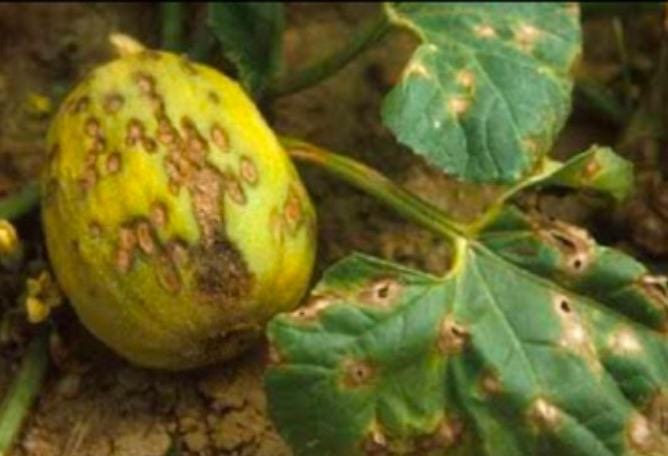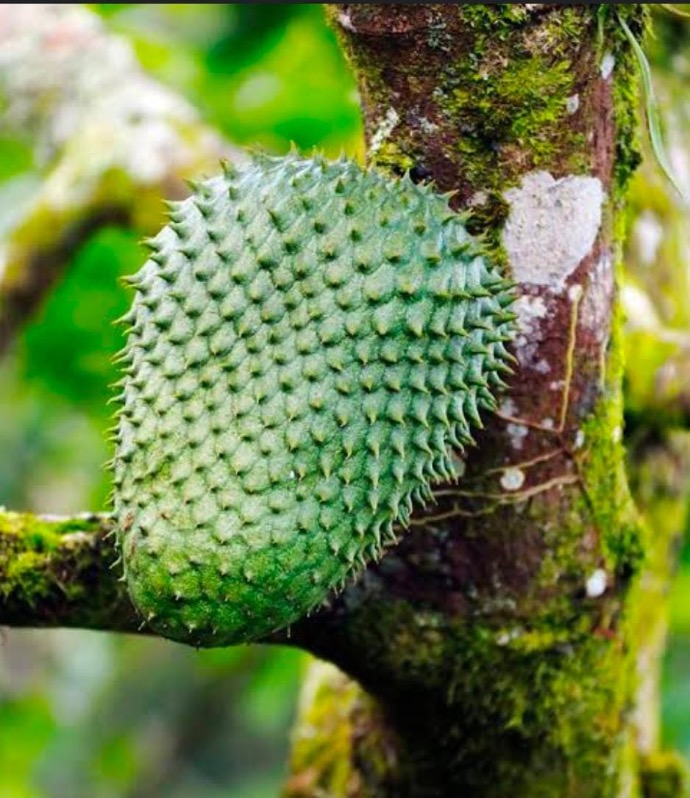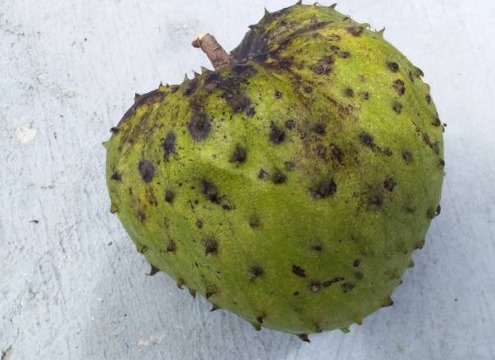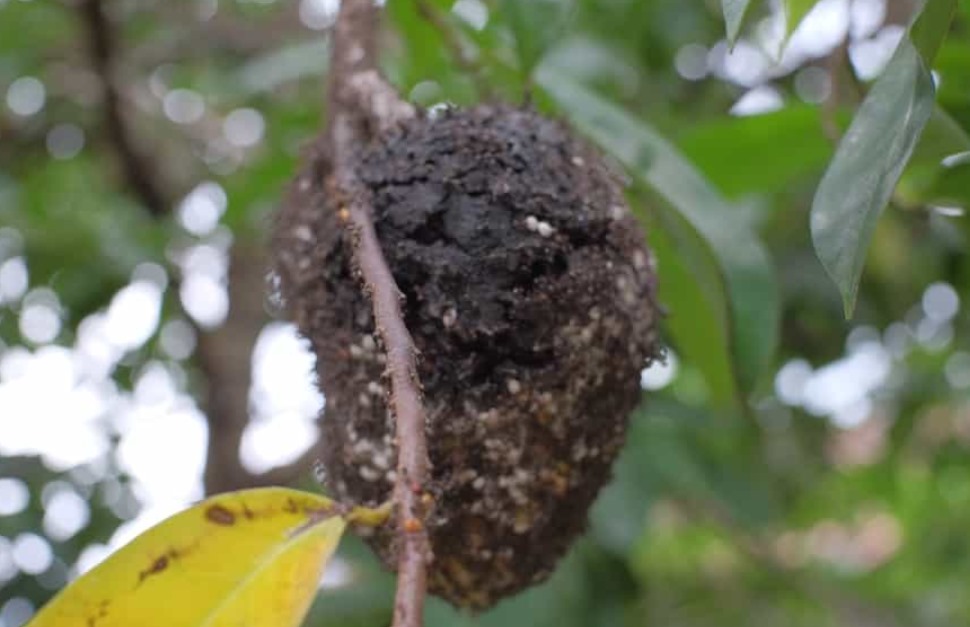Lakshman Phal(లక్ష్మణ ఫలం) Plant
Lakshman Phal(లక్ష్మణ ఫలం), called as Soursop, a specific plant variety, may have varying care requirements. Generally, provide well-draining soil, appropriate sunlight, and regular watering. Pruning and fertilizing practices may vary based on the specific characteristics of this plant.
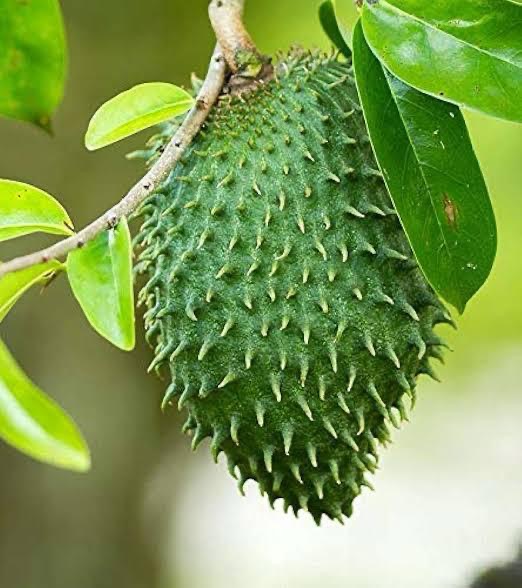
Habit
Tree
Height
2 to 3 m
Growth
Fast
Soil
Well-drained, Sandy Loam
Shade
Full Sun
Moisture
Moist
Edible
Yes
Medicinal
Yes
Origin
India
Climatic Condition
Tropical, subtropical
Temperature (°)
20°C to 30°C
Humidity (%)
60% to 80%
Potting media
50% Loam, 30% Sand, 20% Compost
Fertilizers
Organic Fertilizer
Watering
Regular watering
Plant Weight
0.2 to 0.5 kg
Flowering Time
Spring to Summer
Soil Ph level
5.5 to 6.5
Water Ph level
6.0 to 6.5
Soil EC
0.5 to 1.0 mS/cm
Yield Per Plant
0.5 to 2 kg per plant
NPK ratio
08:08:08
life Span
3 to 5 years
Health Benefits
Medicinal, Pain Relief (toxic if misused)
Suggested Grow Media or Potting Mix ?
50% loamy soil, 30% compost, 20% sand
Suggested Fertigation/Fertilizers
Fertilize every 4 weeks with a balanced fertilizer.
Common Diseases and Remedies
Anthracnose , Pink disease
dark sunken spots , spores are followed by black fruiting bodies .
remove the infected leaves and plant parts . Avoid water logged conditions .
HEALTH BENEFITS
Beneficial for digestion, immunity, and heart health.
What Is An Lakshman Phal(లక్ష్మణ ఫలం) Tree?
Lakshman Phal or Soursop Plant is a tropical tree native to the Caribbean, Central America, and parts of South America. Also commonly known as soursop, graviola, guanabana, or Brazilian pawpaw. This plant produces large, prickly green fruits with a distinctive sour and sweet taste, hence the name "soursop". Soursop fruit is used in a variety of dishes and drinks and is also known for its potential medicinal properties. Soursop (Anona muricata): This is the most widespread and well-known variety. It is native to the Caribbean and Central America.
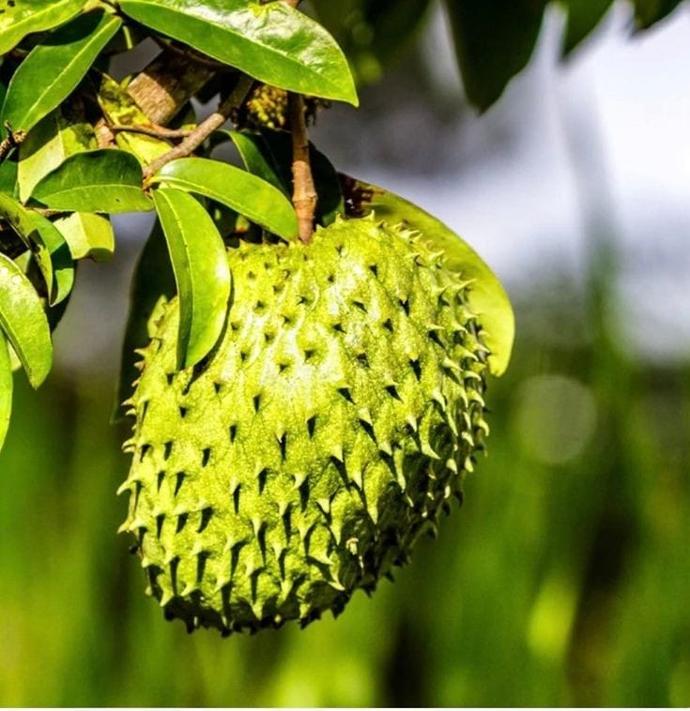
What Are The Different Types Of Lakshaman Phal(లక్ష్మణ ఫలం) Plants?
1. Brazilian Soursop (Annona muricata)
Also known as graviola, this variety is found in Brazil and other parts of South America. It is often thought to have larger fruits and a slightly different flavor than West Indian varieties.
2. Indonesian Soursop (Annona muricata)
Native to Southeast Asia, especially Indonesia, this type of soursop is known for its rather small fruits and is popular in local cuisine and traditional medicine.
3. African Soursop (Annona senegalensis)
Although technically he is not the same species as Annona muricata, African Soursop is closely related and also produces edible fruit. Native to Africa, the fruits are smaller and rounder than those found in the Caribbean.
4. Mexican Soursop (Annona purpurea)
Also known as "soncoya", this species is native to Mexico and parts of Central America. It produces large, round fruits with sweet, pudding-like pulp.
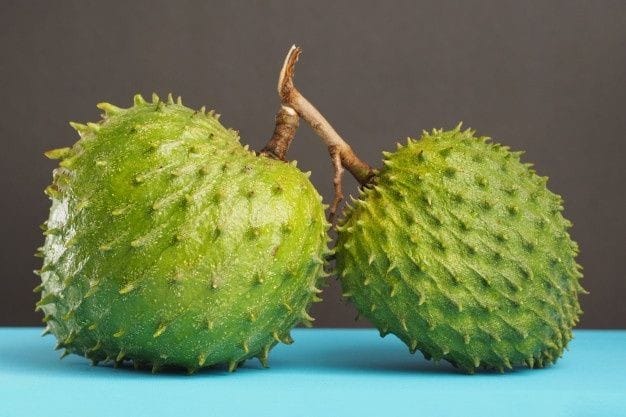
How to Care Lakshman Phal(లక్ష్మణ ఫలం) ?
1. Location
Soursop plants grow in tropical and subtropical climates, making them suitable for cultivation in warm, humid regions. Ideally, you want full sun and well-drained soil. Soursop trees are sensitive to frost and cold, so it is important not to plant them in areas prone to frost or extreme cold. Overall, choosing a warm, sunny location with fertile soil and sufficient moisture is the key to growing your soursop plant successfully and producing an abundant harvest of delicious fruit.
2. Sunshine
Soursop plants require sufficient sunlight to grow and produce healthy fruit. Ideally, it should be planted in a location that receives full sun for most of the day, preferably at least 6 to 8 hours of direct sunlight each day. Adequate exposure to sunlight is critical to plant growth and development, as it promotes photosynthesis, which is essential for the production of sugars and other nutrients necessary for fruit formation.
3. Soil
Soursop plants prefer well-drained soil that is rich in organic matter. It tolerates a variety of soil types, including sandy, loamy, and clay soils, but grows in fertile, slightly acidic to neutral soils with a pH between 6.0 and 7.0. To ensure optimal growth and fruit production, we recommend amending the soil with organic compost or well-rotted manure before planting. This helps improve soil structure, fertility and water retention.
4. Hydration
Hydration is very important for the growth and development of soursop plants. Adequate water supply ensures that plants can perform important functions such as photosynthesis, nutrient absorption, and transport of water and nutrients through their tissues. Soursop plants require regular watering, but it is important not to overwater, as excess moisture can lead to root rot and other fungal diseases. The frequency and amount of irrigation depends on a variety of factors, including climate, soil type, and growth stage.
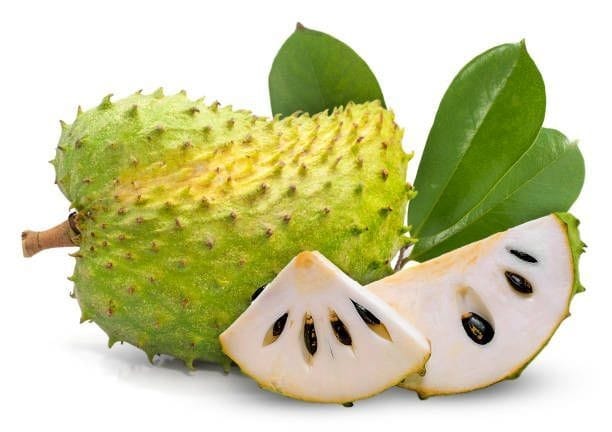
5. Nourishment
Soursop plants benefit from regular fertilization, which provides essential nutrients for growth and fruit set. Use a balanced fertilizer such as 10-10-10 that contains nitrogen (N), phosphorus (P), potassium (K) and micronutrients. Generally, apply fertilizers according to the manufacturer's instructions during the growing season and avoid over-fertilizing, which can cause nutrient imbalances and other problems.
6. Issues
Soursop plants can face several challenges that can affect their growth and fruit production. Common problems are pests such as aphids, mites, and fruit flies, which can attack plants and cause damage to leaves, flowers, and fruit. Additionally, diseases such as powdery mildew, anthracnose, and root rot can affect soursop plants, especially in humid conditions or if you overwater the plant. Nutrient deficiencies or imbalances can also occur, causing stunted growth, yellowing of leaves, or poor fruit development.
What are the Benefits of Lakshman Phal(లక్ష్మణ ఫలం) ?
The soursop plant is prized for its delicious and versatile fruit with a unique flavor profile that combines sweetness with a hint of acidity. Fruits can be enjoyed raw, juiced, blended into smoothies, or used in a variety of dishes and desserts. In addition to its culinary appeal, soursop berries are rich in essential nutrients such as vitamin C, B vitamins, potassium, and fiber, which contribute to overall health and well-being. Additionally, sorrel is also known for its potential medicinal properties. Traditional uses range from alleviating digestive issues and promoting healthy skin to supporting immune function and reducing inflammation.
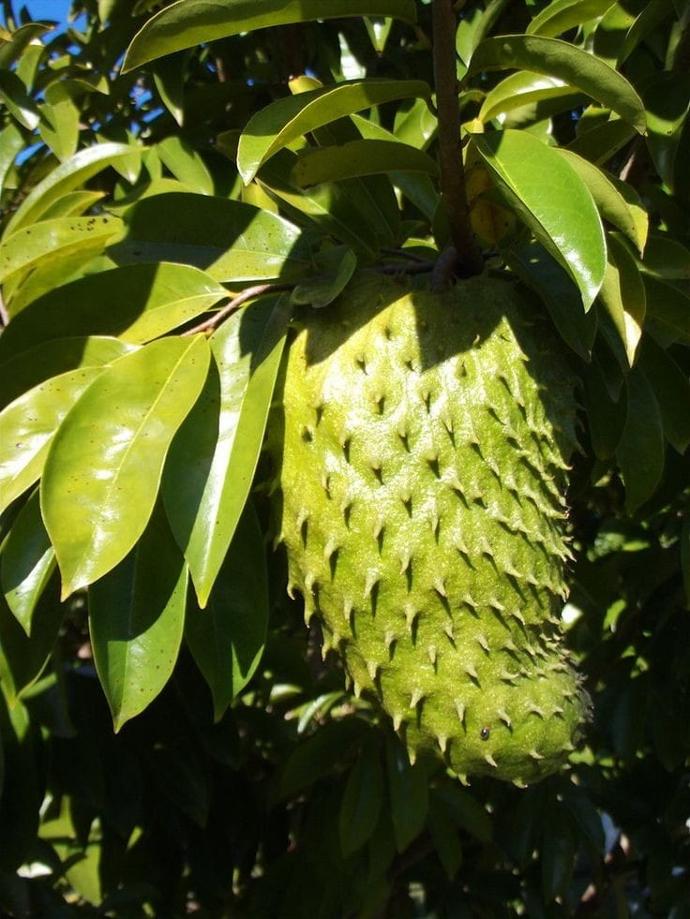
FAQs About Growing Lakshman Phal(లక్ష్మణ ఫలం)
1. How do I care for a soursop tree ?
Proper care for a soursop tree includes regular watering, especially during dry periods, and watering during the growing season. This includes feeding with a balanced fertilizer. Pruning helps maintain shape, promote air circulation, and remove dead or diseased branches.
2. What potential health benefits does soursop have ?
Soursop has traditionally been used in various cultures because of its potential medicinal properties. Some studies suggest that it may have antioxidant, antibacterial, and anticancer properties.
3. Can soursop plants be grown in containers ?
Yes, soursop plants can be grown in containers, especially in areas where the climate is not suitable for outdoor cultivation. Choose a large container with sufficient drainage holes and fill it with well-draining potting soil.
4. How often should I water my soursop ?
Soursop plants prefer consistent moisture, especially during periods of active growth and fruiting. Water generously when the top of the soil feels dry, but avoid overwatering as soursop is prone to root rot.
5. What pests and diseases should I be careful of when growing soursop ?
Common pests such as aphids, mites, fruit flies, and scale insects. Diseases such as powdery mildew, anthracnose, and root rot can also cause problems.
